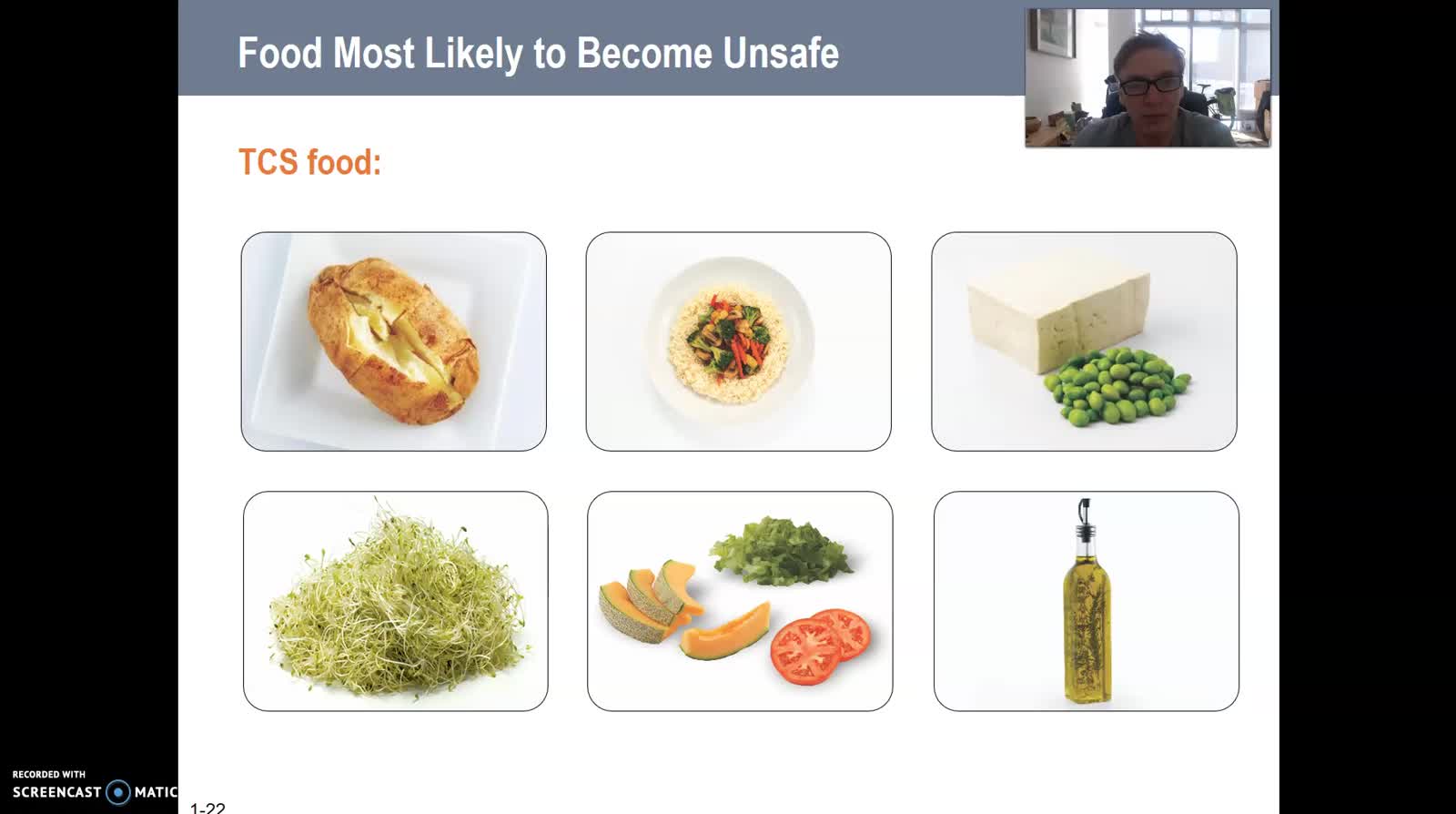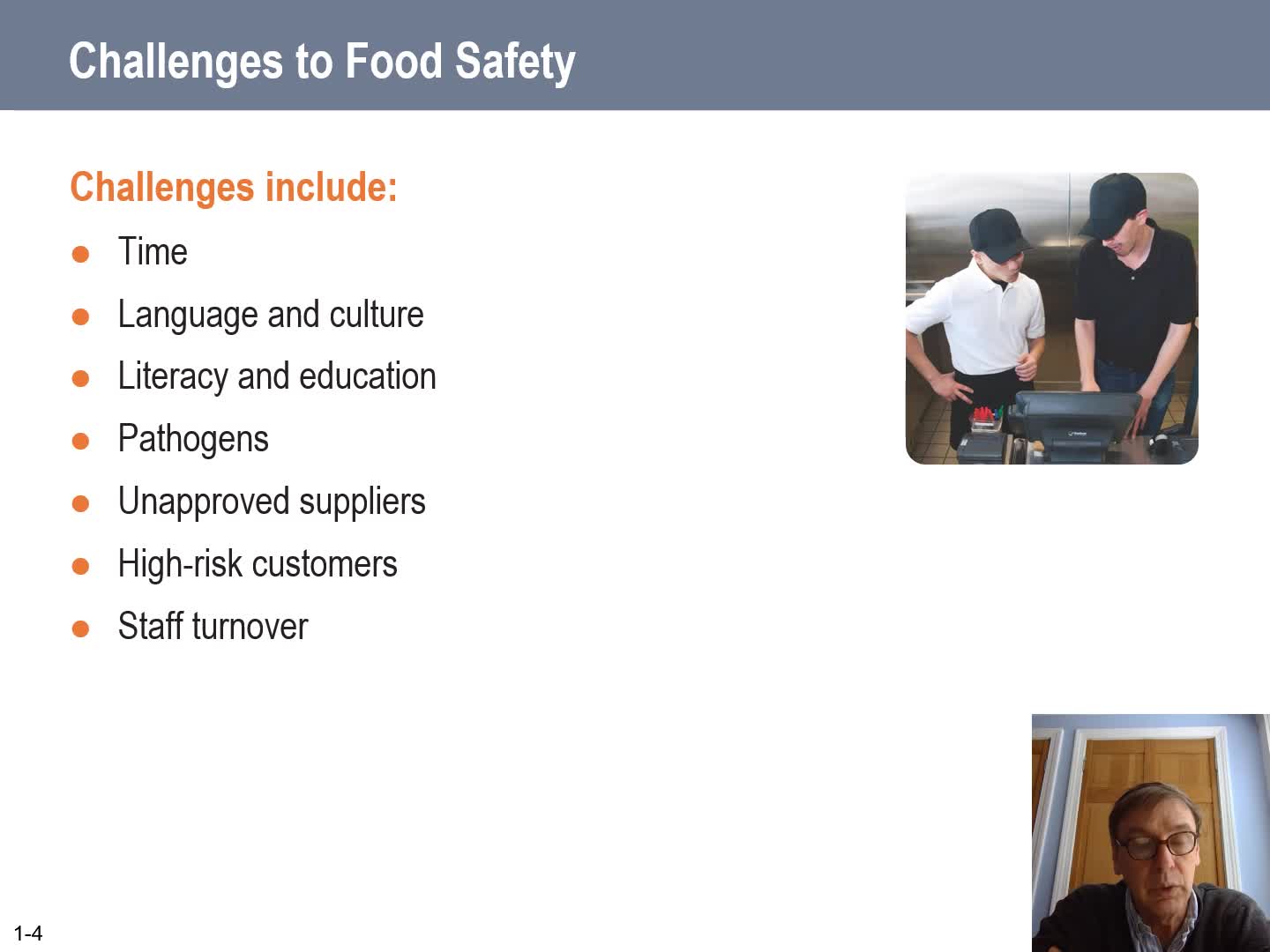- Most Recent
- Most Viewed
- Most Discussed
- Most Rated
-
Category
General Accounting African Studies Animal Science Animal, Nutrition and Food Sciences Anthropology Applied Design Art Education Art History Art, Studio Asian Studies Athletic Training Biochemistry Bioengineering Biological Sciences, Integrated Biology Biostatistics Business Administration Cellular, Molecular and Biomedical Sciences Chemistry Chinese Civil Engineering Classics/Classical Civilization Clinical and Translational Science Coaching Communication Sciences and Disorders Community and International Development Community Development and Applied Economics Community Entrepreneurship Complex Systems Computer Science Computer Science Information Systems Consumer Affairs Consumer and Advertising Counseling Critical Race and Ethnic Studies Curriculum and Instruction Dance Dietetics, Nutrition and Food Sciences Early Childhood Education Early Childhood Special Education Ecological Agriculture Ecological Economics Economics Educational Leadership Educational Leadership and Policy Studies Educational Studies Electrical Engineering Elementary Education Engineering Management English Entrepreneurship Environmental Engineering Environmental Sciences Environmental Studies European Studies Exercise and Movement Science Field Naturalist Film and Television Studies Finance Food Systems Forestry French Gender, Women, and Sexuality Studies Geography Geology Geospatial Technologies German Gerontology Global Studies Greek Green Building and Community Design Higher Education and Student Affairs Administration Historic Preservation History Holocaust Studies Human Development and Family Studies Human Resource Management Individual Design Integrated Biological Science Interdisciplinary Studies Interdisciplinary Study of Disabilities International Management Italian Italian Studies Japanese Latin Latin American Studies Linguistics Management and the Environment Management Information Systems Marketing Materials Science Mathematical Sciences Mathematics Mechanical Engineering Medical Laboratory Science Medical Radiation Sciences Microbiology Microbiology and Molecular Genetics Middle East Studies Middle Level Education Molecular Genetics Molecular Physiology and Biophysics Music Music Education Natural Resources Neuroscience Nursing Nutrition and Food Sciences Parks, Recreation and Tourism Pathology and Laboratory Medicine Pharmacology Philosophy Physical Education Physical Therapy Physics Plant and Soil Science Plant Biology Political Science Prelaw Premedical and Predental Studies Preveterinary Production Operation Management Psychological Science Psychology Public Administration Public Communication Religion Russian Russian/East European Studies Secondary Education Self-Designed Sexuality and Gender Identity Studies Social Work Sociology Soil Science Spanish Special Education Speech Statistics Sustainable Landscape Horticulture Theatre Undeclared Major Vermont Studies Wildlife and Fisheries Biology Zoology Libraries - General Libraries - Instructional A&S Dean' s Ofc Academic Success Prg Accommodations Admin & Facil Services Admin Business Service Ctr Admissions Admitted Anesthesiology Animal Care Management Animal and Veterinary Sciences Art & Art History Asian Languages & Literatures Athletics Audit Services Howe Library Howe Library-Access & Tech Svcs Howe Library-Collectn Mgmt Svcs Howe Library-Info & Instruction Howe Library-Research Collectns Benefit & Employee Operations Business Proc Re-Engnrg Team CALS Dean's Office CEM Computer Facility CEM Dean's Ofc CEM Student Services CESS Dean's Office CESS Student Services CNHS Dean's Office CNHS Student Services COM Admissions COM Educational Tools COM Executive Office COM Finance and HR COM GCRC COM General COM Information Systems COM Microbio & Molec Genetics COM Ofc of Clin Transltn Sci COM Ofc of Clin Trials Rsch COM Ofc of Med Ed COM Ofc of Primary Care COM Office of the Dean COM Operations COM Public Relations CUPS Campus Planning Capital Planning & Mgmt Career Center CatCard Service Center Center for Academic Success Center for Health & Wellbeing Center for Rsch on VT Center for Rural Studies Center for Student Conduct Center on Aging Certificate Program Civil & Env Engineering Classics College Computing Svcs Com Dev & Applied Economics Communication Sciences Compliance Computer Depot Computer Operations Consulting Archaeology Program Continuing Ed - Administration Continuing Ed - Operations Continuing Ed - Technology Continuing Education Student Continuing Med Education Controllers Office Cost Accounting Services Ctr for Teaching & Learning Ctr on Disability & Community Cultural Pluralism Custodial Services Dana Medical Library Database Administration Dean of Students Ofc Disbursement Center Diversity, Engage, & Prof Dev EPSCoR ETS Client Services Education Elec & Biomed Engineering Emeriti Faculty Enterprise Application Service Enterprise Technology Services Environmental Program Ext - EFNEP Ext - Migrant Education Ext - Operations & Staff Sup Ext - Programming & Fac Sup Ext - SARE Ext - State Ofc Staff Ext - Statewide 4-H Ext - Sustainable Agricltr Ctr Facilities Design & Constrctn Faculty Senate Family Medicine Fin Rptng & Acct Svcs Financial Analysis & Budgeting First Year First Yr Medical Student First Yr Medical Student Fall Fleming Museum Fourth Yr Medical Student Gender,Sexuality&Wmn's Studies General University German & Russian Global & Regional Studies Global Gateway Graduate Graduate College Grossman School of Business Gund Institute HR Srvcs & Affirmative Action Honors College Human Resources IMF/TSP Information Security Office International Educ Svcs Admin International Educational Svcs Junior LGBTQA Center Lane Series Language Resource Center Leadership and Development Sci Learning and Info Tech Level SS Libraries - Deans Ofc Living & Learning Center Mathematics & Statistics Med-Cardiology Med-Dept Admin Med-Dermatology Med-Endocrinology Med-Gastroenterology Med-Gen Internal Med Med-General Med-Hematology Oncology Med-Immunobiology Med-Infectious Disease Med-Nephrology Med-Pulmonary Med-Rheumatology Med-Vascular Biology Medical Biostatistics Medical Lab & Radiation Sci Medicine Military Studies Molecular Physlgy & Biophysics Mosaic Ctr Students of Color Music & Dance Neurological Sciences Neurology Nutrition & Food Sciences ObGyn-General ObGyn-Gynecologics Oncology ObGyn-Maternal Fetal ObGyn-Reprod Endocrn&Infertil Obstetrics Gynecology&Reprod Ofc of Health Promo Research Ofc of Institutional Research Ofc of Operational Excellence Off Campus Agencies Office of Sustainability Orthopaedics & Rehabilitation PathLabMed - Anatomic PathLabMed - Clinical PathLabMed - General Pathology&Laboratory Medicine Payroll Svcs Pediatrics Peds-Cardiology Peds-Endocrinology Peds-Gastroenterology Peds-General Peds-Genetics Peds-Hematology Oncology Peds-Infectious Disease Peds-Neonatology Peds-Nephrology Peds-Pulmonary Physical Plant Dept Plant & Animal Biology Fclty Plant & Soil Science Police Services Presidents Ofc Print & Mail Center Professional Develp & Training Psychiatry Purchasing Radiation Safety Radiation-Oncology Radiology Registrar Rehab & Movement Sci Research Integrity & Administr Research Protections Office Residential Learning Cmty Residential Life Retired Faculty Retired Staff Risk Management and Safety Romance Languages&Linguistics Rubenstein Sch Env & Nat Res School of Engineering Second Yr Medical Student Senior Senior VP & Provost Sophomore Sponsored Project Admin Staff Council Student & Community Relations Student Financial Svcs Student Financial Svcs Admin Student Govt Association Student Life Surg-Emergency Med Surg-General Surg-Neurosurgery Surg-Oncology Surg-Ophthalmology Surg-Otolaryngology Surg-Pediatric Surg-Plastic Surg-Thoracic Cardiovascular Surg-Transplant Surg-Trauma Surg-Urology Surg-Vascular Surgery Systems Architecture & Admin Technology Commercialization Telecomm & Network Services Third Yr Medical Student Transportation & Parking Admn Transportation Research Ctr Treasury and Tax Svcs UVM Bookstore UVM Foundation University Create Comm Svcs University Event Svcs University Event Svcs - Davis University News & Public Affrs University Relations VP Finance VP HR,Diversity&MulticlAffairs VP Legal Affrs & Gen Counsel VP Research Admin Office VP Univ Reltns & Admin VP of Enrollment Mgmt VT Advanced Computing Ctr Vermont Cancer Center Vermont Genetics Women's Center Writing in the Disciplines
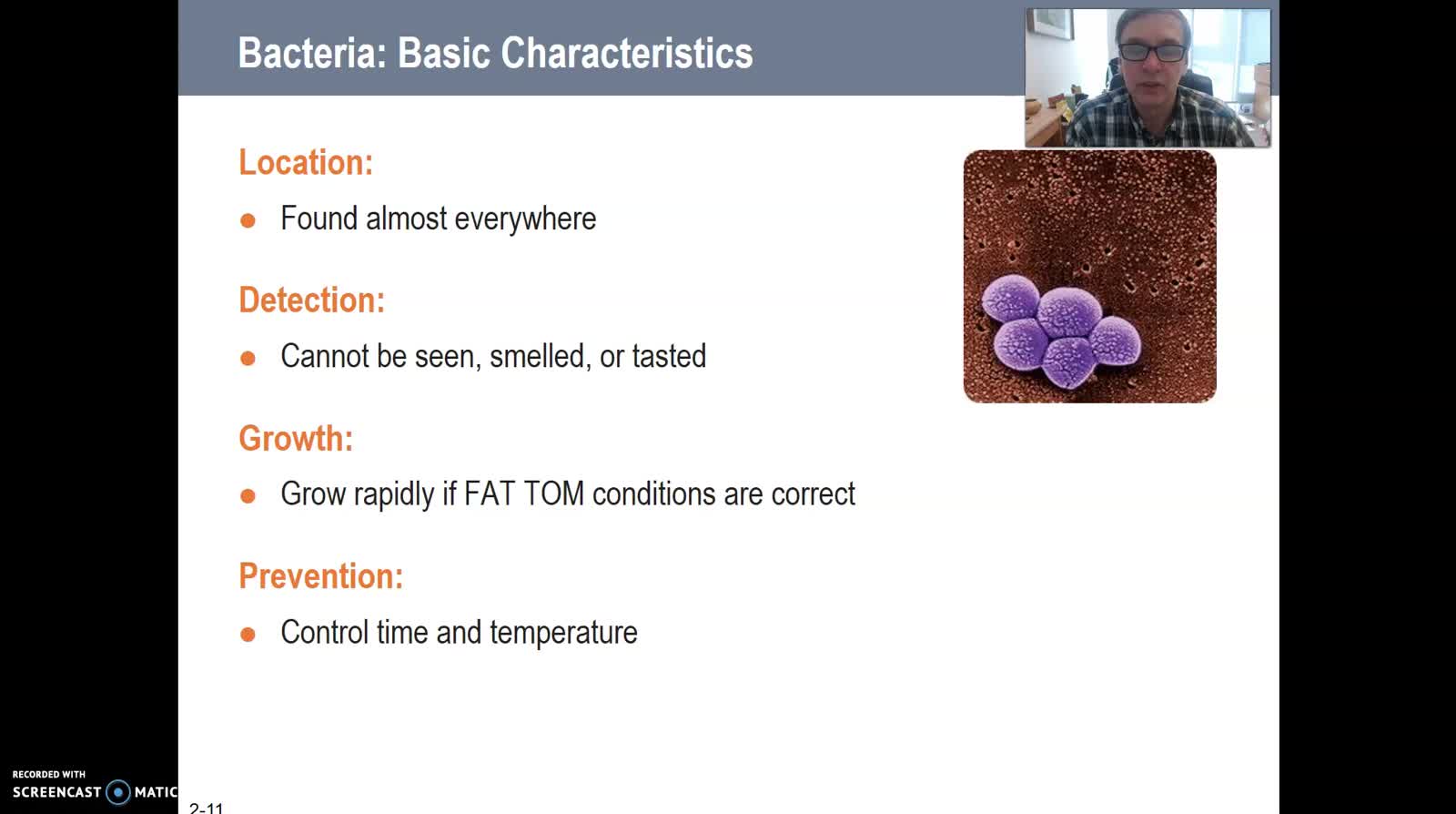
Chapt 2 Biological Contamination and FATTOM
By: tpritcha
This is an introduction to the concept of biological contamination and ends with a discussion of FATTOM. FATTOM is an acronym used to identify means of controlling microbial growth.
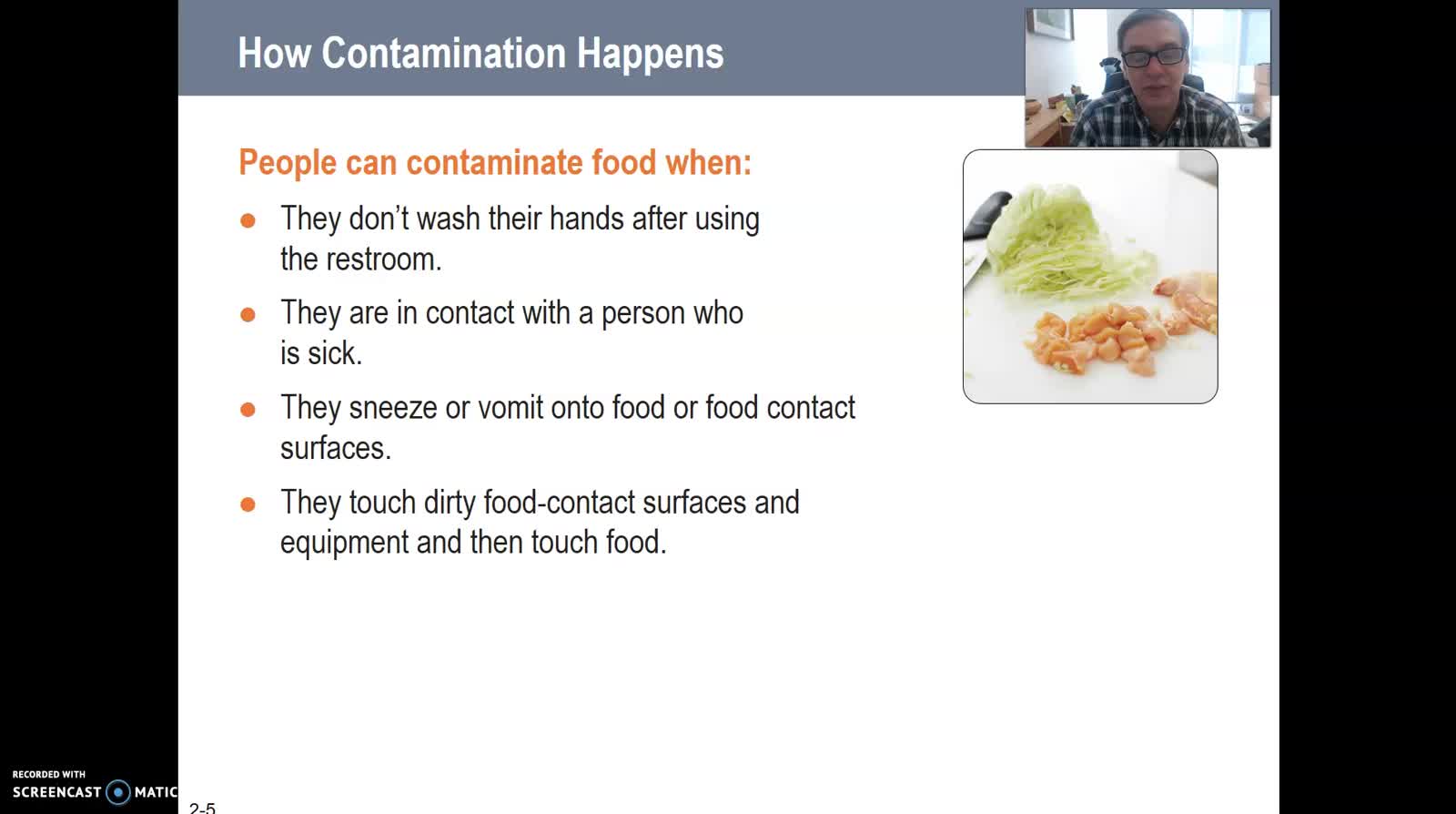
Chapter 2 Introduction to Contamination and How Food Becomes Contaminated
By: tpritcha
Introduction to biological, chemical and physical contamination. Includes examples of how each can occur. Ends with discussion of symptoms associated with food borne illness.
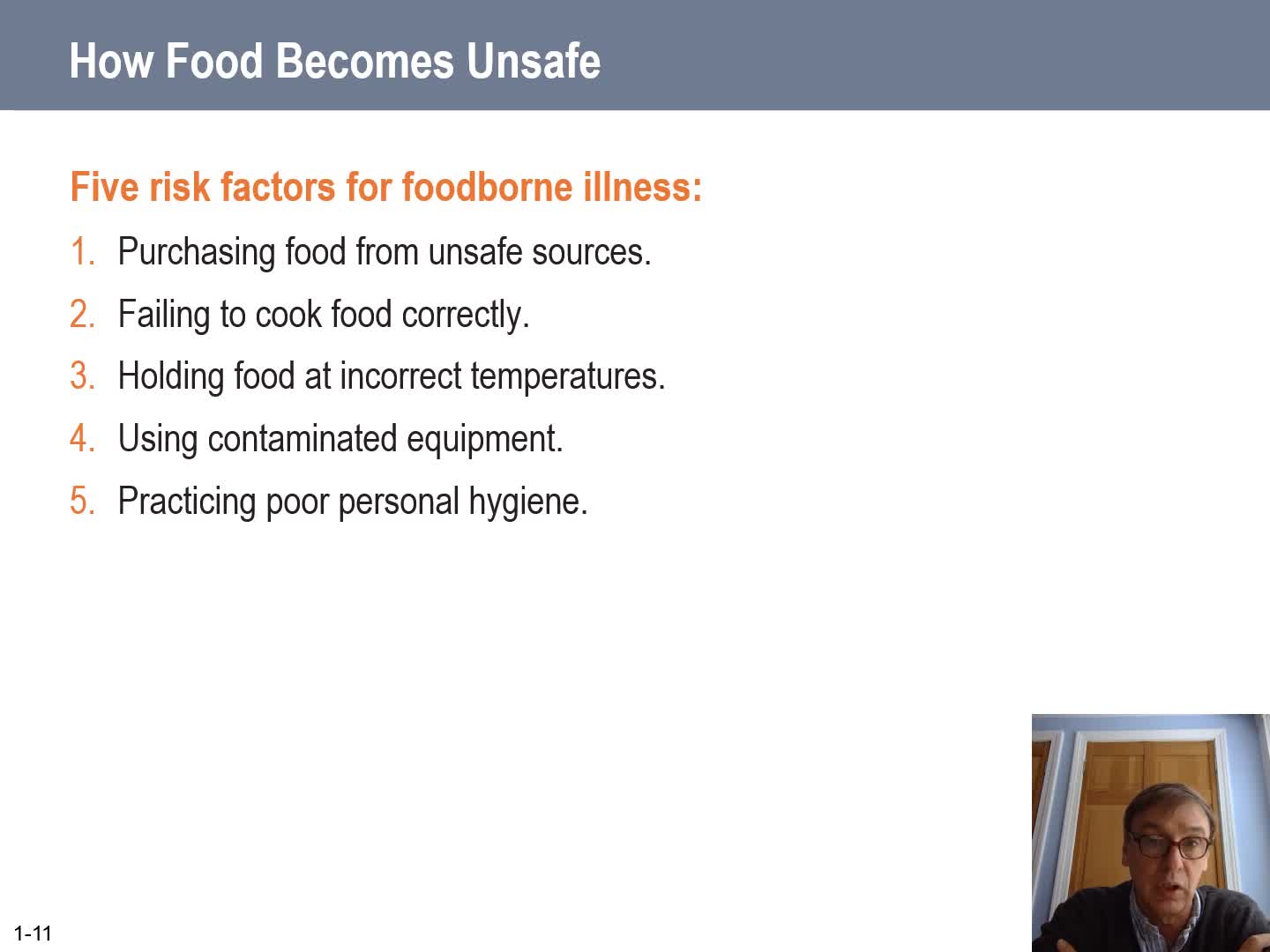
Types of Contamination and Major Factors Leading to Food Borne Illness
By: tpritcha
This video addresses types of contamination (Chemical, Physical, Biological) as well as major factors related to food borne illnesses.
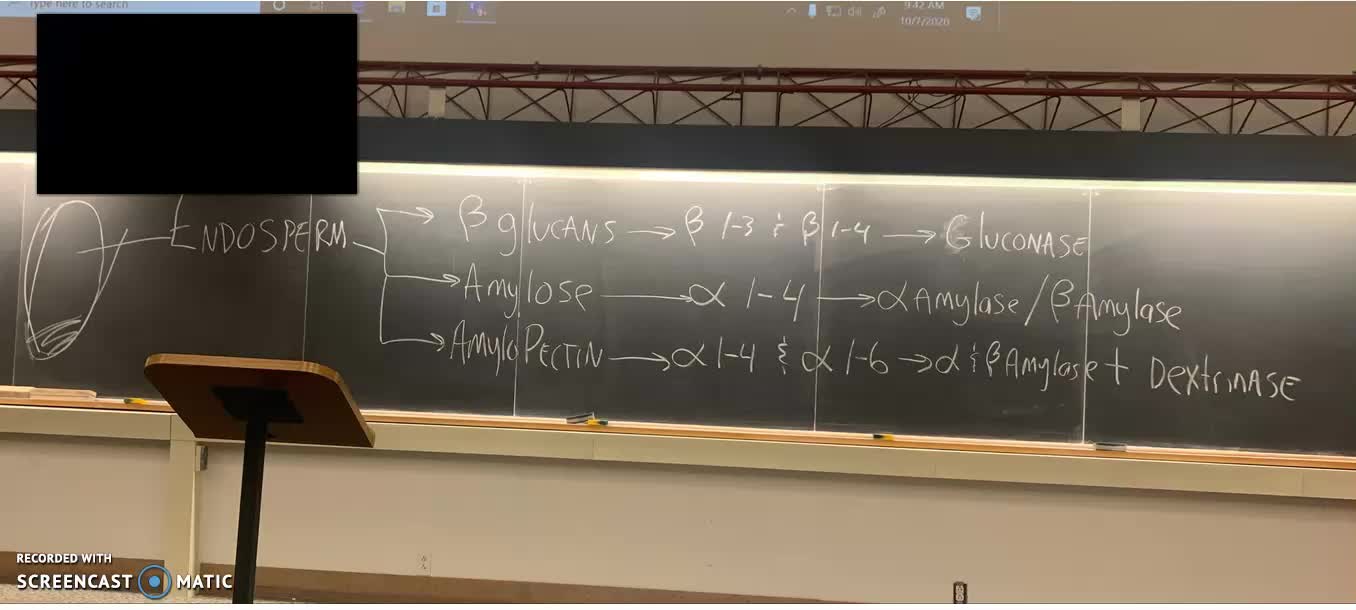
Barley to Enzymes on Front Board 10/08
By: tpritcha
This is a short video that discusses the materials that were on the front of the class room on Oct 08. The flow shows the barley seed out to the enzymes responsible for breakdown of the CHO's in the barley seed.
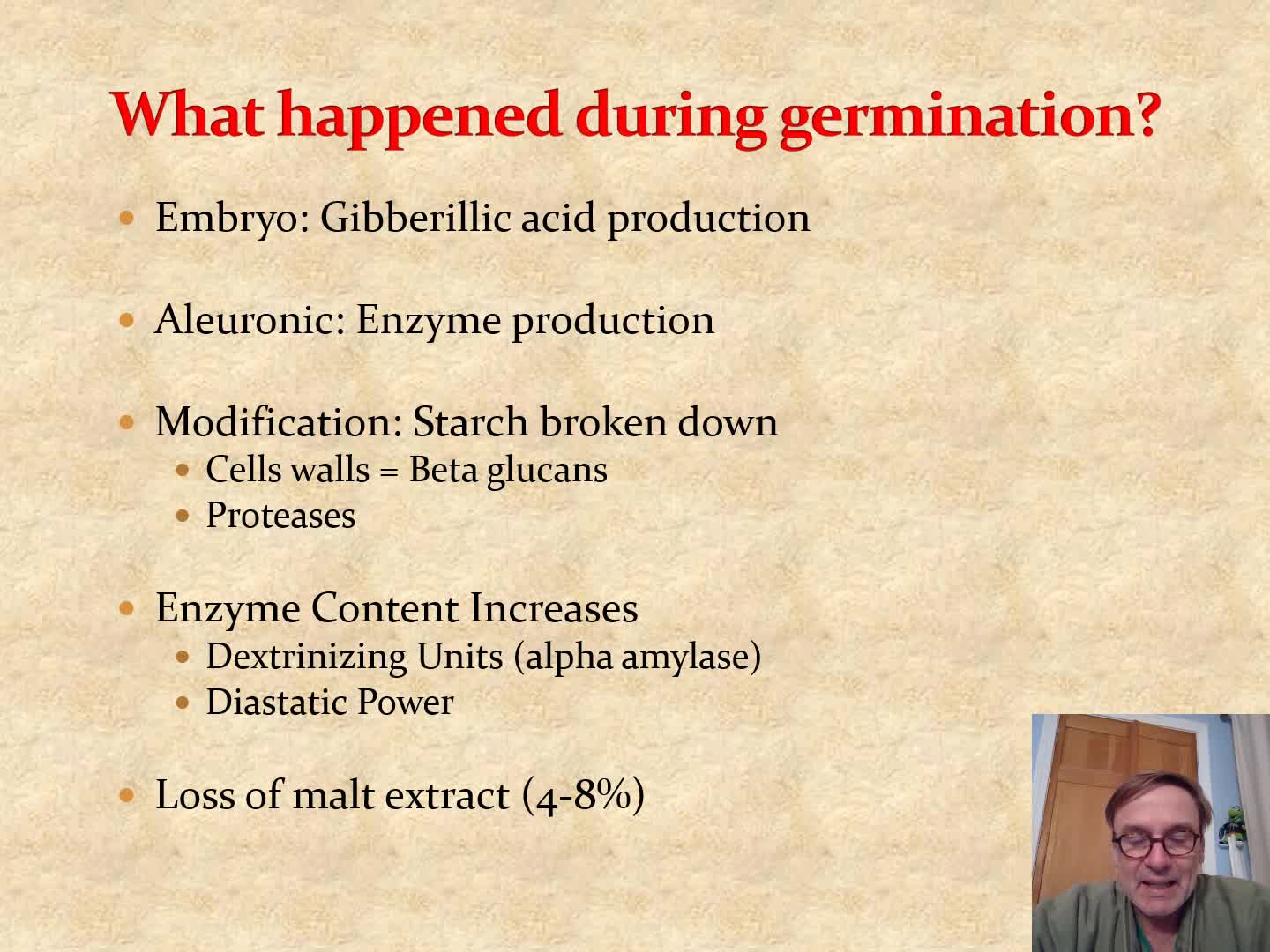
Germination and Introduction to Kilning
By: tpritcha
This video looks at what is happening during germination with an emphasis on changes in the kernels enzyme activity. The video ends with an introduction to what the function is of the kilning step
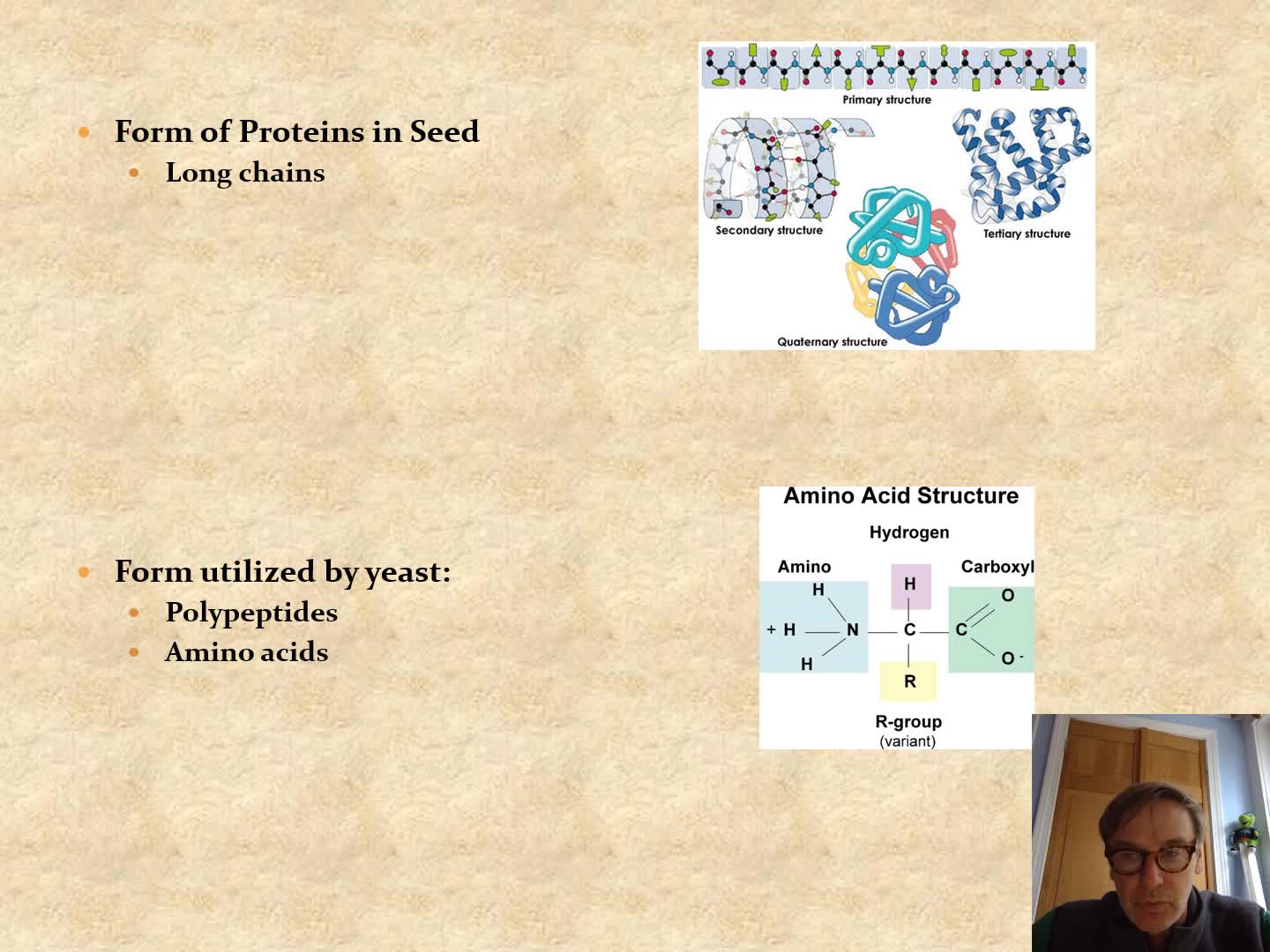
Nutrient Forms: Barley vs Yeast Desired
By: tpritcha
This video identifies the form the CHO and Proteins are in within the barley kernel and then what the form is that the yeast need. Diastatic Power is introduced.
